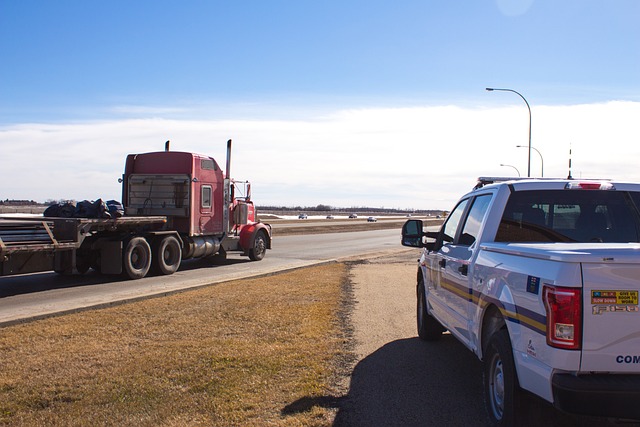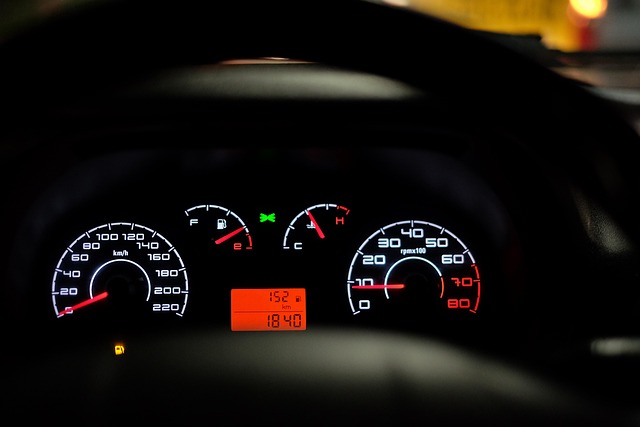Looking to register your car in California? This comprehensive guide will walk you through the process, ensuring a smooth experience. From understanding crucial requirements like accurate VIN verification to gathering essential documents and visiting your local DMV office, we’ve got you covered. By following these steps, you’ll be on your way to securing your vehicle’s registration promptly and efficiently.
- Understand California Car Registration Requirements
- Gather Necessary Documents for Vehicle Registration
- Visit Your Local California Department of Motor Vehicles (DMV) Office
- Complete and Submit the Vehicle Registration Application
- Pay the Required Registration Fees and Receive Your Plate
Understand California Car Registration Requirements

Before registering your car in California, it’s crucial to understand the state’s specific requirements for vehicle registration. The process involves several steps and documents to ensure compliance with local laws. One critical aspect is the verification of the Vehicle Identification Number (VIN). In California, a VIN verifier is used to cross-check the vehicle’s information against official records, confirming its authenticity and history.
A mobile VIN verification or inspection is also an option in California, allowing for convenience when preparing your car for registration. This service ensures that your vehicle meets all legal standards by checking for any outstanding issues related to title, odometer reading, and potential fraud. It’s an essential step in the registration process, providing peace of mind and a seamless transition to becoming a California licensed vehicle owner.
Gather Necessary Documents for Vehicle Registration

Before starting the registration process, it’s crucial to gather all the essential documents required by the California Department of Motor Vehicles (DMV). The primary piece of documentation is the Vehicle Identification Number (VIN) verifier, which can be obtained through a mobile VIN verification service. This service allows for a quick and convenient digital inspection of your vehicle’s history, ensuring that it meets all legal standards.
Additionally, you’ll need to provide proof of ownership, typically through a bill of sale or previous registration papers. A valid driver’s license or state ID card is also essential. If the car has been recently purchased, a purchase agreement or sales contract will be necessary. Ensure these documents are organized and readily accessible to streamline the registration process at your local DMV office or through their online services.
Visit Your Local California Department of Motor Vehicles (DMV) Office

To start the registration process for your car in California, begin by visiting your local California Department of Motor Vehicles (DMV) office. This is a crucial step as it provides an opportunity to verify your vehicle’s history and ensure everything is in order before proceeding with registration. The DMV will require several key documents, including proof of insurance, a valid driver’s license, and the Vehicle Identification Number (VIN) from your car.
At the DMV, you can also take advantage of their services for mobile VIN inspection or verification. This option allows you to get your VIN checked without having to visit their office, which can be particularly useful if you’re busy or have a remote location. A quick and accurate VIN inspection is essential in ensuring that your vehicle meets all legal requirements before completing the registration.
Complete and Submit the Vehicle Registration Application

To register your car in California, the first step is to complete and submit the Vehicle Registration Application. This form requires essential details about your vehicle, including its make, model, year, and unique identifier – the Vehicle Identification Number (VIN). It’s crucial to ensure the VIN is accurate, as it facilitates a successful vin inspection and allows the California Department of Motor Vehicles (DMV) to verify the vehicle’s history.
You can obtain the application from the DMV website or at any local California DMV field office. When filling it out, double-check all information for accuracy, as even a minor error could delay processing. Once completed, submit the form along with required documents and fees. For added convenience, many individuals opt for mobile vin verification services, which streamline the process by allowing you to complete the initial VIN check from the comfort of your home or office.
Pay the Required Registration Fees and Receive Your Plate

After submitting your application and necessary documents, the next step in registering your car in California is to pay the required registration fees. These fees cover various costs associated with vehicle registration, including administrative costs and emissions testing or inspection (if applicable). You can typically pay these fees online through the DMV’s website, by phone, or in person at a local DMV office. Once your payment is processed, you will be issued a unique Vehicle Identification Number (VIN) plate for your car.
Remember that proper VIN verification is crucial before registering your vehicle. In California, this can be done conveniently with mobile vin verification services. These services allow you to get a quick and accurate VIN inspection from the comfort of your home or even while you’re on the go, ensuring a seamless registration process.
Registering a car in California is a straightforward process, ensuring your vehicle complies with state laws. By understanding the requirements, gathering essential documents, and visiting your local DMV, you can efficiently complete the registration. Remember to utilize tools like a VIN verifier for accurate data input during the application. Once your application is approved and fees paid, you’ll receive your unique license plate, marking your vehicle’s official entry into California’s road network.



